In 2025, two partial solar eclipses (Surya Grahan) will occur on March 29 and September 21, visible across regions like Europe, Africa, the Americas, Australia, New Zealand, and Antarctica. However, neither eclipse will be visible from India, though both hold significant scientific and cultural importance worldwide.
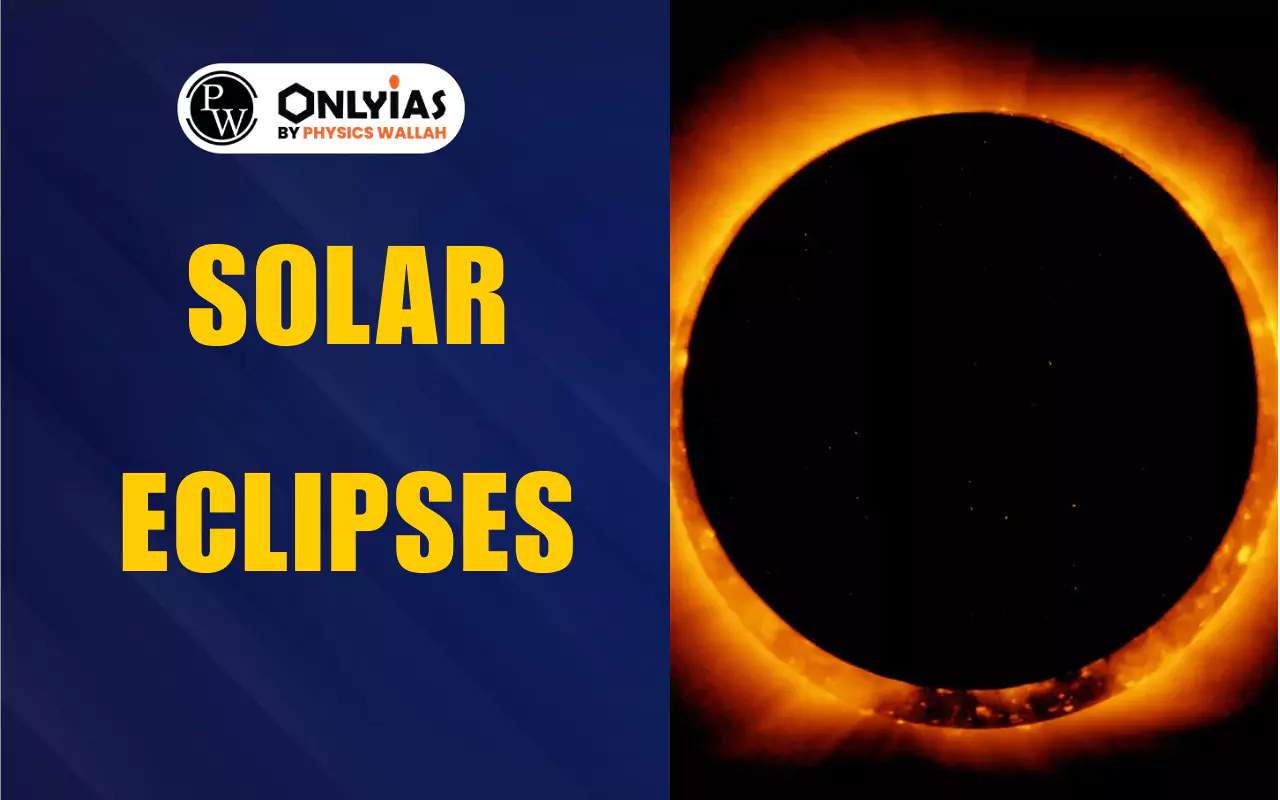
Solar Eclipse is one of the most fascinating astronomical events that have intrigued humanity for centuries. Even in the year 2025, two significant solar eclipses are set to occur. Both of these eclipses offer a unique opportunity for observation and study of the solar eclipse.
These solar eclipse events not only provide insights into the celestial mechanics. But they also have cultural and spiritual aspects across various societies. Therefore, here we are discussing the complete details related to the Solar eclipse.
In 2025, two notable solar eclipses are set to occur. Both events are partial eclipses, offering opportunities for observation in different parts of the world.
The first solar eclipse of 2025 took place on March 29. This partial solar eclipse will be visible across parts of Europe, Africa, and the Americas. However, it will not be observable from India due to the moon’s shadow missing the country during the event. The eclipse will begin at 2:21 PM IST and conclude at 6:14 PM IST, with the peak occurring at 4:17 PM IST.
The second solar eclipse of the year is scheduled for September 21. This partial solar eclipse will be visible in the Southern Hemisphere, particularly in regions such as eastern Australia, New Zealand, and Antarctica. Unfortunately, the eclipse will not be visible from India, as it will occur after sunset, rendering it unobservable from the country.
In India, neither of the 2025 solar eclipses will be visible:
Solar eclipse (Surya Grahan) is an astronomical event where the Moon passes between Earth and the Sun, obscuring the view of the Sun from a small part of the Earth, either completely or partially.
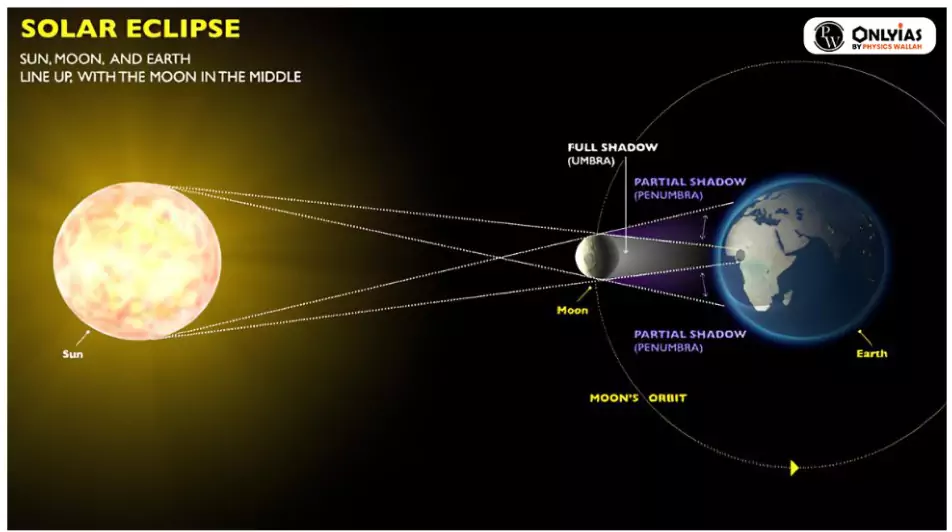
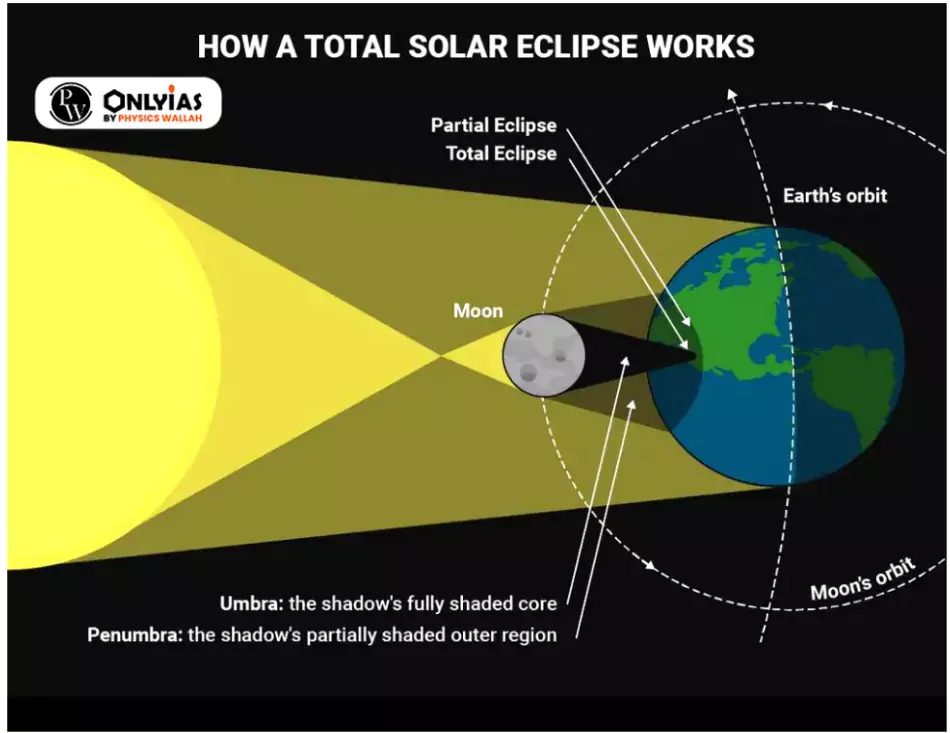
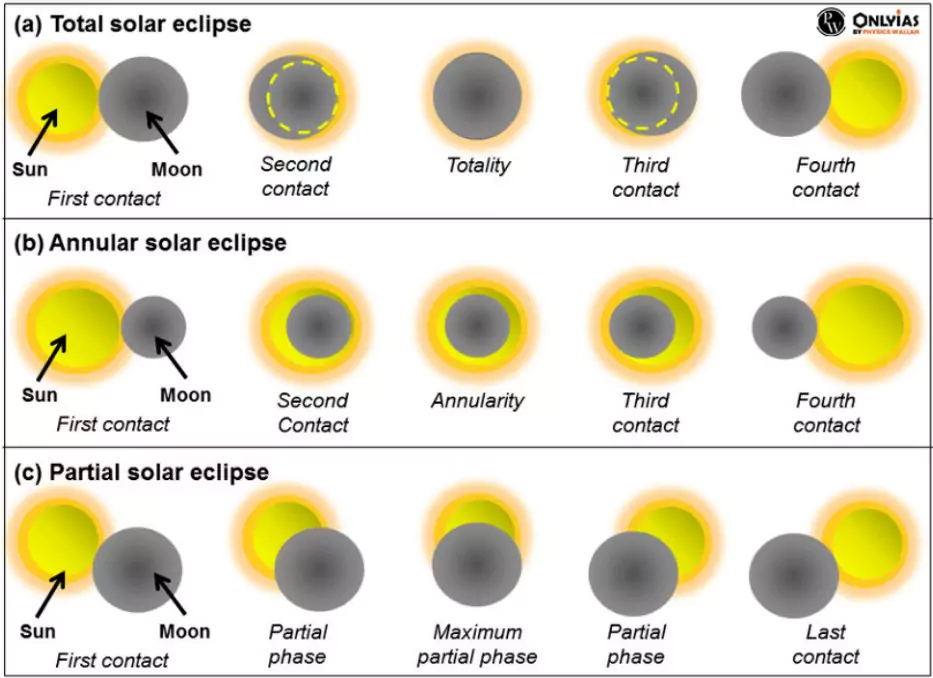
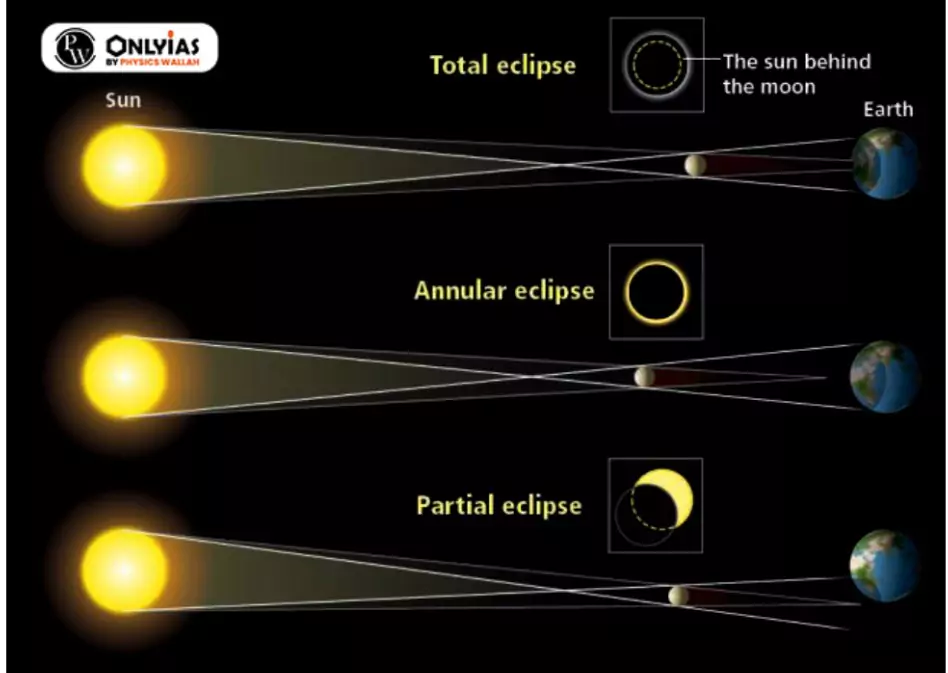
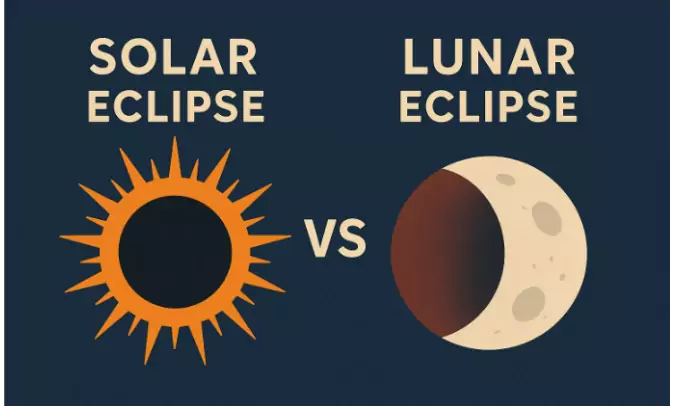
While both solar and lunar eclipses involve the alignment of the Sun, Earth, and Moon, they differ in occurrence and visibility:
| Solar Eclipse vs Lunar Eclipse | ||
| Feature | Solar Eclipse | Lunar Eclipse |
| Occurrence | Moon passes between the Earth and the Sun | Earth passes between the Sun and the Moon |
| Visibility | Visible only from specific areas on Earth within the Moon’s shadow | Visible from anywhere on the night side of the Earth |
| Effect on Sun/Moon | Sun appears partially or fully obscured | Moon appears darkened or reddish |
| Frequency | Happens 2–5 times a year | Happens 2–4 times a year |
| Time of Day | Occurs during the day | Occurs at night |
| Types | Total, Partial, Annular, Hybrid | Total, Partial, Penumbral |
| Shadow Involved | Umbra and Penumbra | Umbra and Penumbra |
Solar eclipses (Surya Grahan) are astronomical events that have both scientific and cultural significance. They can impact Earth’s atmosphere, temperature, and wildlife. They have also shaped celestial understanding and influenced art, literature, and religion across cultures.
Ready to boost your UPSC 2026 preparation? Join PW’s UPSC online courses today!
The solar eclipses in 2025 will be visible across Europe, Africa, the Americas, eastern Australia, New Zealand, and Antarctica.
Surya Grahana in English is called a Solar Eclipse, when the Moon passes between the Earth and the Sun.
The Surya Grahan in 2025 will occur on March 29 and September 21.
The next solar eclipse after 2025 will occur according to the astronomical calendar, typically within six months of the previous eclipse.
Solar eclipse (Surya Grahan) is an astronomical event where the Moon passes between Earth and the Sun, obscuring the view of the Sun from a small part of the Earth, either completely or partially.
The annular solar eclipse is also called the ‘ring of fire’ because the moon will not cover the sun completely, thereby leaving a thin ring of sunlight called 'ring of fire” effect.
For a solar eclipse (Surya Grahan) to occur, the moon must pass between the Earth and the Sun. Despite the moon being much smaller than the Sun, it can block the sunlight due to its position away from Earth.
Total solar eclipse, annular solar eclipse, hybrid solar eclipse and partial solar eclipse are different types of solar eclipses.
During a Solar eclipse, the moon passes between Sun and the Earth while during a lunar eclipse, the Earth passes between the Sun and the Moon.

<div class="new-fform">
</div>